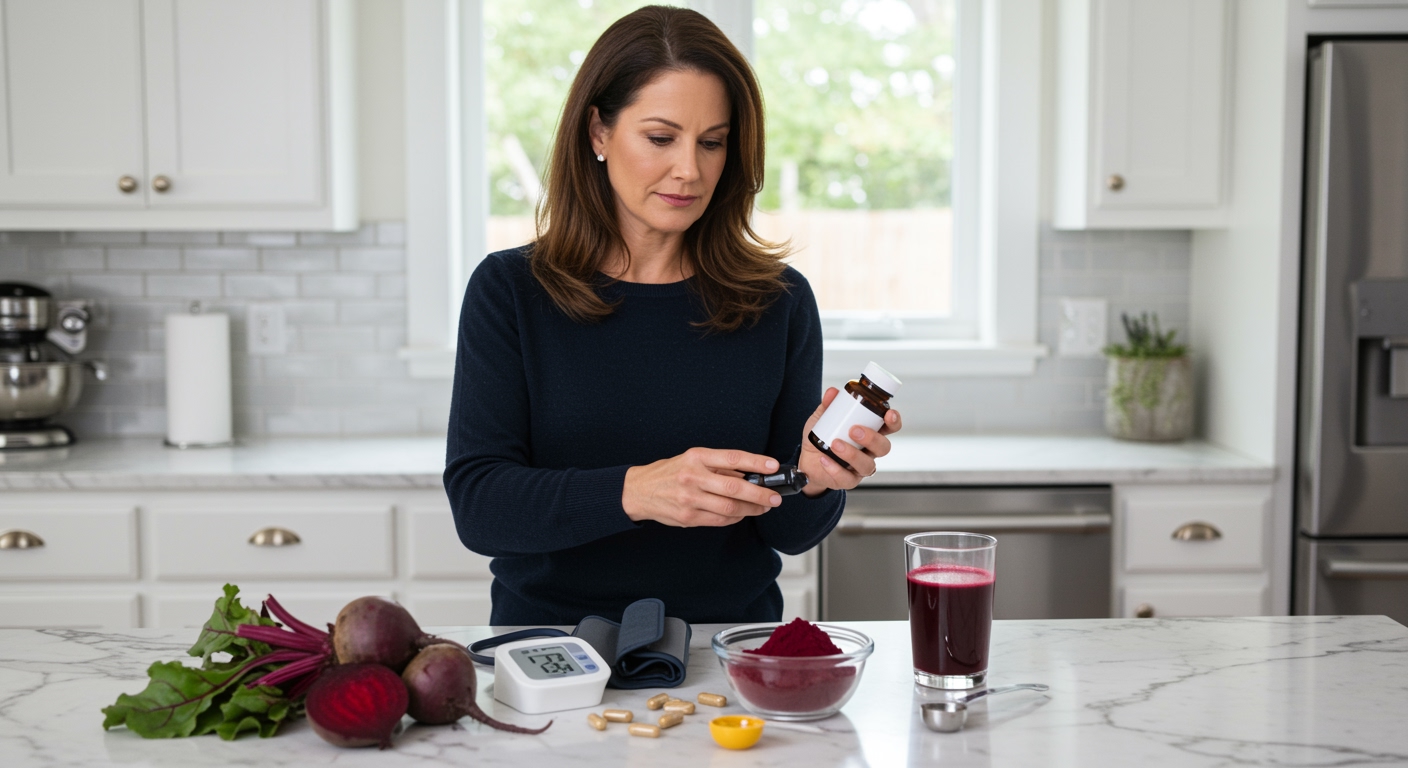✪ Key Takeaway: Turnips can help manage blood pressure through potassium content and natural nitrates that support healthy circulation.
Introduction
Your doctor just told you that your blood pressure numbers are creeping up again.
You might be wondering if there are natural foods that could help bring those numbers down without relying solely on medication.
Hi, I’m Abdur, your nutrition coach and today I’m going to explain how turnips might be one of the most overlooked vegetables for supporting healthy blood pressure levels.
What Makes Turnips Special for Blood Pressure?
Turnips contain a powerful combination of potassium and nitrates that work together to support cardiovascular health.
One medium turnip provides about 250 milligrams of potassium, which helps your kidneys remove excess sodium from your bloodstream.
When your body has too much sodium, it holds onto extra water to dilute the salt concentration.
This extra fluid increases the volume of blood flowing through your arteries, which raises blood pressure.
Potassium acts like a natural diuretic by helping your kidneys flush out this excess sodium and water.
The nitrates in turnips convert to nitric oxide in your body, which helps relax and widen your blood vessels.
✪ Fact: Turnip greens contain even more potassium than the root itself, with about 400 milligrams per cup.
How Much Potassium Do You Actually Need?
Most adults need about 3,500 milligrams of potassium daily for optimal blood pressure management.
The average person only gets about 2,600 milligrams per day, creating a significant gap that contributes to high blood pressure.
Adding just one cup of cooked turnips to your daily meals provides about 200 milligrams of potassium, plus additional fiber and nutrients.
The fiber in turnips also plays an indirect role in blood pressure management by helping maintain healthy cholesterol levels.
When cholesterol builds up in your arteries, it narrows the pathways for blood flow, forcing your heart to pump harder.
Soluble fiber binds to cholesterol in your digestive system and helps remove it from your body before it can clog your arteries.
✪ Pro Tip: Pair turnips with other potassium-rich foods like spinach and sweet potatoes for maximum blood pressure benefits.
Do Nitrates in Turnips Really Work?
Research shows that dietary nitrates can reduce systolic blood pressure by 4-10 mmHg within hours of consumption.
When you eat turnips, bacteria in your mouth convert the nitrates into nitrites, which then become nitric oxide in your bloodstream.
Nitric oxide signals the smooth muscles in your artery walls to relax, allowing blood to flow more easily.
This process typically begins within 30 minutes of eating nitrate-rich foods and can last for several hours.
The effect is temporary, which means you need to eat these foods regularly to maintain the blood pressure benefits.
Studies suggest that consuming 200-300 milligrams of dietary nitrates daily can provide meaningful cardiovascular support.
✪ Note: Avoid using mouthwash immediately after eating nitrate-rich foods as it kills the beneficial bacteria needed for conversion.
What About the Sodium Content in Turnips?
One of the biggest advantages of turnips is their extremely low sodium content at just 17 milligrams per cup.
This creates an ideal potassium-to-sodium ratio that supports healthy blood pressure levels.
Many people focus only on reducing sodium intake but forget about increasing potassium consumption.
The ratio between these two minerals matters more than the absolute amount of either one alone.
Turnips naturally provide this optimal balance without any processing or added ingredients that could increase sodium levels.
Fresh turnips also contain natural compounds called glucosinolates that may help reduce inflammation in blood vessels.
✪ Fact: Cooking turnips actually increases the bioavailability of some beneficial compounds while maintaining most of the potassium content.
How Should You Add Turnips to Your Diet?
Start by adding half a cup of cooked turnips to your meals three times per week and gradually increase the amount.
Roasting turnips with a small amount of olive oil brings out their natural sweetness and makes them more appealing.
You can also mash turnips as a lower-carb alternative to potatoes, maintaining similar texture and nutritional benefits.
Raw turnips work well in salads when sliced thin, providing a crisp texture and mild peppery flavor.
The key is consistency rather than large amounts, as your body processes these nutrients most effectively with regular intake.
Remember that turnips work best as part of an overall healthy eating pattern that includes other vegetables, lean proteins, and whole grains.
✪ Pro Tip: Store turnips in the refrigerator for up to two weeks and wash them just before cooking to maintain maximum nutrient content.
The Bottom Line
Turnips can definitely help manage blood pressure levels through their potassium content, natural nitrates, and favorable sodium ratio.
Small changes in your daily food choices create big differences in your long-term health outcomes.
I would love to hear about your experience with turnips or any questions you might have about using food to support healthy blood pressure in the comments below.
References
At NutritionCrown, we use quality and credible sources to ensure our content is accurate and trustworthy. Below are the sources referenced in creating this article:
- Kokilaben Hospital: Turnips Help Regulate Your Blood Pressure
- WebMD: Benefits of Turnips
- Healthline: Turnip Nutrition
- PMC: Dietary Nitrates and Blood Pressure





